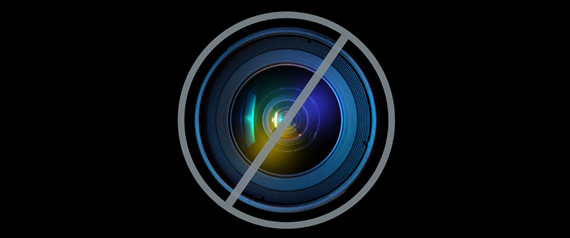- Messages
- 1,322
- Reaction score
- 3,527
- Points
- 273
Comet coming in 2013 could be brighter than the moon
When the comet ISON passes by Earth in 2013, you might get an eyeful. It could be the brightest comet seen from Earth for many generations. Emphasis on could be. The moment of truth comes when ISON zaps past the sun in late 2013. If it passes close enough for the sun's heat to create a tail of ice particles, but not close enough to be disintegrated, then we're in luck. That's when ISON could be "brighter even than the full moon" when it passes by Earth, according to British astronomer David Whitehouse. Scientists think ISON’s trajectory and composition are comparable to a legendary comet sighting in 1680, which was reportedly visible during daytime
astronomer David Whitehouse wrote in The Independent. 'The recently discovered object…is due to fly within 1.2 million miles (1.9 million km) from the center of the sun on November 28, 2013…As the comet approaches, heat from the sun will vaporize
ices in its body, creating what could be a spectacular tail that is visible in Earth's night sky without telescopes or even binoculars from about October 2013 through January 2014.'
First spotted in September by amateur astronomers from Russia, the comet -- which likely broke free from the Oort Cloud -- is currently hurtling toward the Sun somewhere "in the vicinity of Jupiter's orbit," CNET reported. According to NASA, the comet is expected to come very close to Mars in October 2013 before it continues toward the sun.
Experts say Comet ISON's path is similar to that of another comet that passed by Earth in 1680 with a tail reportedly so radiant that it could be seen in daylight.
But skywatchers, be warned: ISON's dazzling light show will take place only if the comet survives, astronomers say. It could break apart as it approaches the sun. It could also "flame out early," according to CNET.


